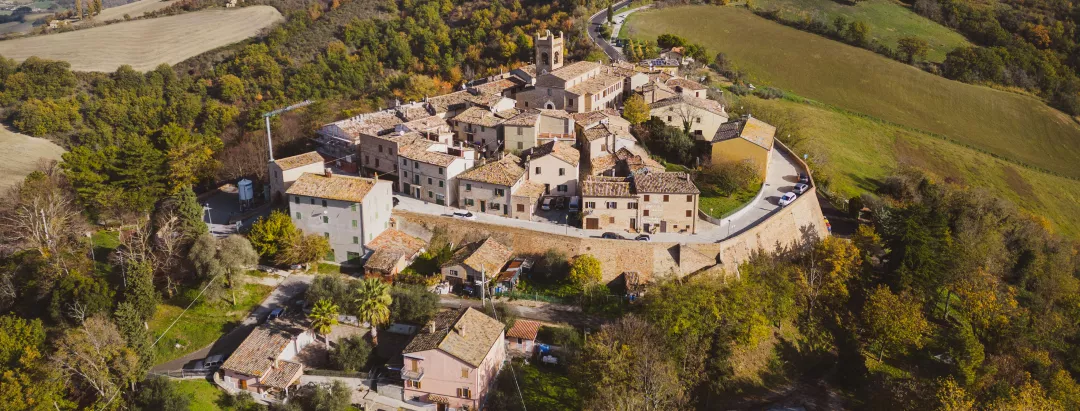2022 Annual Evaluation Report of the Marche RDP
The document, covering 2021, reports the results of the LEADER approach, more specifically on the support activities to Local Action Groups (LAG) on the self-assessment of Local Development Strategies and the evaluation of local integrated projects.
- Italy
- 2014-2022
- Cross-cutting impacts


The study is carried out in the framework of the independent evaluation service of the 2014-2020 Rural Development Programme (RDP) for the Marche region, covering the 2016-2022 period.
The scope of the evaluation is the LEADER approach and methodology applied for the self-evaluation of LAGs. The objective is, therefore, to validate the methodology for evaluating the effectiveness and added value of the Local Development Strategy (LDS).
The methodological approach is qualitative and introduces an experimental model defined through the participation and consultation of all LAGs. The main data sources were self-assessment sheets filled out by LAGs that were structured in evaluation questions, judgment criteria, evidence to support judgment evaluation (indicators) and synthetic judgment.
Regarding limitations, there was no collection or use of data, which is very important to avoid self-referential judgments. LAG staff, time and resources to devote to self-assessment were limited. In addition, the involvement of the local stakeholders was not envisaged by any LAG at this stage of their activities. Most LAGs showed difficulty moving from an informal and discursive approach to an analytical and precise evaluative one.
The conclusions are extracted from the answers to the evaluation questions formulated in the LAGs' self-evaluation forms. Regarding the extent to which the technical structure can fulfil its functions effectively, LAGs highlighted how, in this programming period, the bureaucratic administrative burden increased enormously. This relates especially to the increased tasks required by the Paying Agency to the detriment of stakeholder engagement in the territory. LAGs can often rely on the 'light' staff skills but are deficient in 'heavy' skills. They share the need for more specific training days for in-house staff concerning procedures to internalise missing skills and make strategy implementation more effective and faster.
Regarding the extent to which the menu of available instruments (e.g. eligible operations and specificity) is adequate to achieve the strategic objectives of the LDS, LAGs feel that the choice made at the regional level has limited their ability to respond to local needs. The degree of freedom granted to LAGs, even concerning the possibility of adapting eligibility conditions and selection criteria, appears too limiting. LAGs seem unable to diversify their actions and calls more than the ordinary ones of the RDP.
Regarding the extent to which the strategy implementation generates LEADER added value, LAGs that fall almost entirely within an earthquake area highlight competition with other funds. This applies, in particular, to the National Resilience and Recovery Plan, which provides for more streamlined procedures, less documentation and non-repayable support.
Insights were also reported with regard to the link between the partnership and LAG's technical structure and how this influences the strategy implementation process on the ground. With regard to the partnership, the LAGs note that it still has a marginal role in the implementation of the RPD.
To conclude, regarding evaluating local integrated projects, LAGs are constantly updated on all related activities and any issues to be addressed. This is thanks to, above all, a smooth collaboration with the facilitators, who seem to have gained a prominent position within local planning.